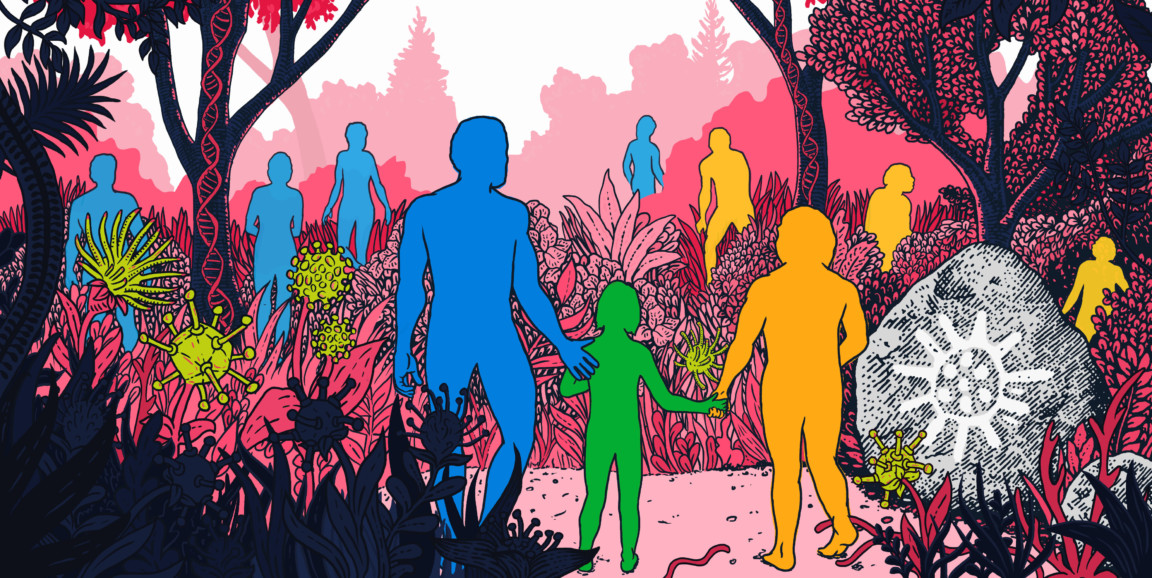When Neanderthals and modern humans interbred about 50,000 years ago, they exchanged snippets of DNA. Today, Europeans and Asians still carry 2 to 3 percent of Neanderthal DNA in their genomes.
During contact, they also exposed each other to viruses. This could have been deadly for the human species since Neanderthals encountered many infectious viruses while living for hundreds of thousands of years outside Africa. Luckily, the Neanderthals’ immune systems evolved genetic defenses against these viruses that were also passed on to humans, according to a study reported in Cell.
“Neanderthal genes likely gave us some protection against viruses that our ancestors encountered when they left Africa,” said Dmitri Petrov, PhD, an evolutionary biologist at Stanford’s School of Humanities and Sciences, in a recent Stanford news release.
In the study, the researchers gathered a large dataset of several thousand proteins that interact with viruses in modern humans. They then identified 152 Neanderthal DNA snippets present in the genes that make these proteins. Most of the 152 genes create proteins that interact with a specific type of viruses, RNA viruses, which have RNA encased in a protein shell.
The team identified 11 RNA viruses with a high number of Neanderthal-inherited genes, including HIV, influenza A and hepatitis C. These viruses likely played a key role in shaping human genome evolution, they said.
Overall, their findings suggest that the genomes of humans and other species contain signatures of ancient epidemics.
“It’s similar to paleontology,” said David Enard, PhD, a former postdoctoral fellow in Petrov’s lab. “You can find hints of dinosaurs in different ways. Sometimes you’ll discover actual bones, but sometimes you find only footprints in fossilized mud. Our method is similarly indirect: Because we know which genes interact with which viruses, we can infer the types of viruses responsible for ancient disease outbreaks.”
Image by Claire Scully




